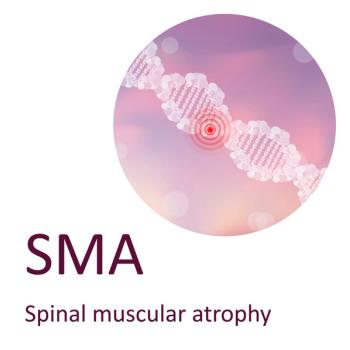
SMA Patients on Apitegromab Still Showing Benefits at Three-Year Mark
Apitegromab, an investigational drug for spinal muscular atrophy, demonstrated sustained patient benefits and maintained safety over a three-year period in a phase II study, with 88% of participants maintaining or improving motor milestones.
A three-year follow-up
The phase II TOPAZ study followed 35 non-ambulatory patients with SMA types 2 or 3 who received apitegromab for 36 months. Patients ranged from 2- to 19-years-old, with a mean age of 7.3 years.
At the three-year assessment of those still taking the drug, 88% of patients had maintained or improved motor milestones that they had achieved at baseline. Some patients, those who had received the disease-modifying therapy Spinraza (nusinersen) before turning 5 years old, had gained new motor milestones, and two patients were able to walk independently.
Apitegromab works by inhibiting myostatin, a protein that negatively regulates muscle growth. While medicines like Spinraza, Evrysdi (risdiplam) and one-time gene replacement therapy Zolgensma (onasemnogene abeparvovec-xioi) have transformed the treatment landscape, allowing patients treated as newborns to achieve normal motor milestones, these medicines don’t improve muscle atrophy and weakness that occurred before receiving the therapy.
Many patients around the world don’t have access to these disease-modifying medicines, or receive them years later, after they have sustained muscle weakness and motor neuron damage. Apitegromab is being developed as a potential complementary therapy to these other treatments to help maintain or potentially improve motor milestones.
“There are many individuals with SMA treated after the onset of symptoms who manifest persistent denervation atrophy and weakness,” the study authors wrote. “These individuals have a range of impaired motor function with substantial unmet medical need. A treatment that increases the functional capacity of intact muscle fibers within partially denervated muscle may address this unmet medical need.”
These results follow earlier
This study, “Long-term efficacy, safety, and patient-reported outcomes of apitegromab in patients with spinal muscular atrophy: results from the 36-month TOPAZ study,” was published in Frontiers in Neurology in July 2024.
Newsletter
Get the latest industry news, event updates, and more from Managed healthcare Executive.






















































